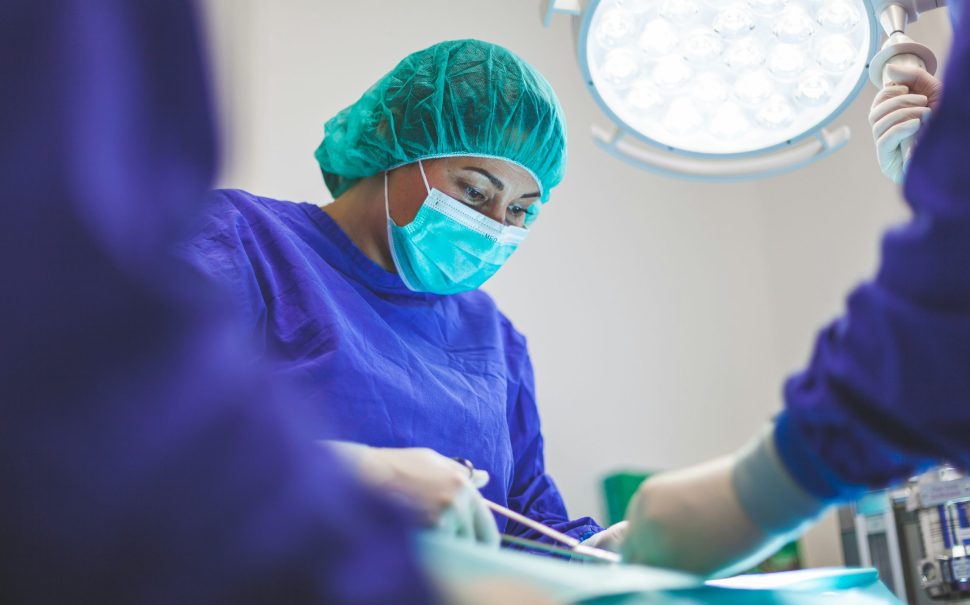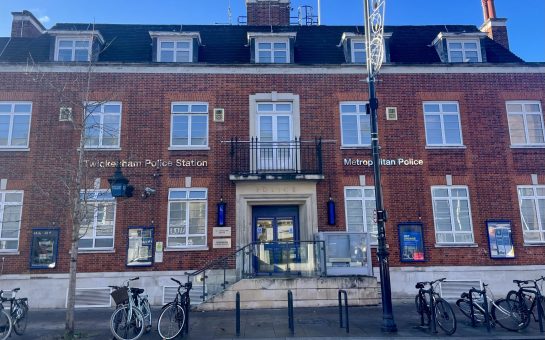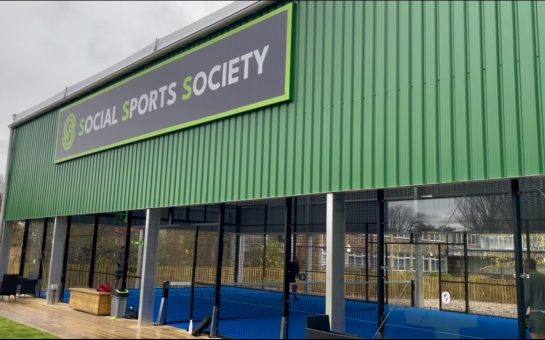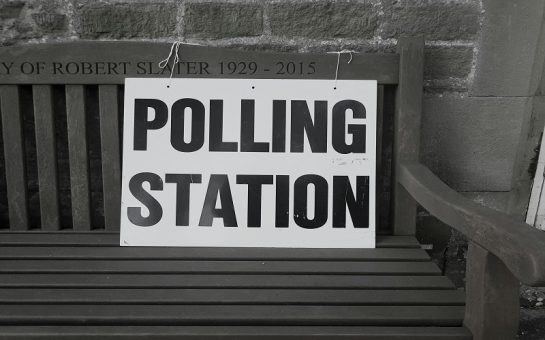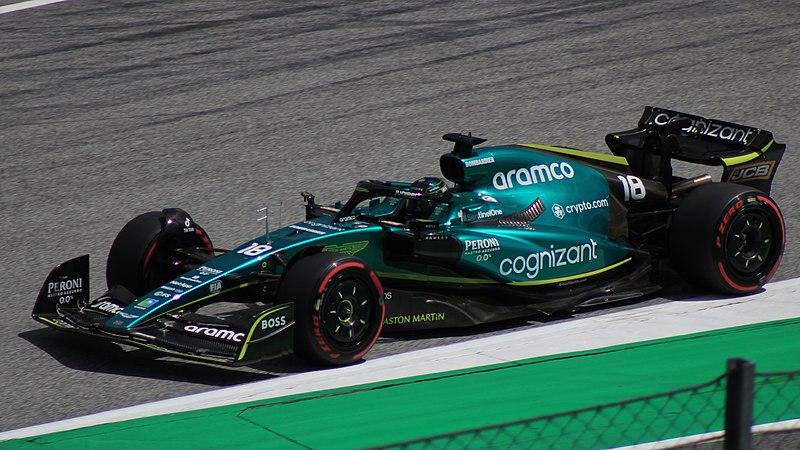Facial cosmetic surgery is rising sharply in the UK, with male facelifts up 26% according to new figures from the British Association of Aesthetic Plastic Surgeons (BAAPS).
While overall male procedures declined slightly, the demand for facial rejuvenation is growing significantly among both men and women.
In women, face lifts rose by 7%, brow lifts increased by 25%, and eyelid surgery (blepharoplasty) saw a 15% rise, reflecting a broader cultural shift towards facial optimisation.
BAAPS president Nora Nugent said: “The decline in male plastic surgery may appear more pronounced due to the smaller number of procedures overall, making fluctuations more noticeable.
“However, we are seeing a rise in facelifts among men, mirroring the trend observed in women.”
Experts suggest this growth is being fuelled by social media and shifting beauty expectations, where curated, close-up content across Instagram and TikTok has placed the face at the forefront of self-image.
Harley Clinic consultant plastic and reconstructive surgeon Dr Riaz Agha said: “I am not surprised by this data.
“In my practice, I have seen a growing cohort of patients focused on facial procedures.
“Several trends underpin this, including working from home, virtual meetings, social media, selfies, and the desire for facial and body confidence.
“Before and afters are constantly coming up on people’s social media feeds, so they know what’s possible, and this combined with seeing themselves more often in selfies and virtual meetings ultimately inspires action in those who desire.”
The phenomenon known as Zoom dysmorphia, first identified by Harvard dermatologist Dr Shadi Kourosh, has also contributed to rising appearance-related anxiety as people spend more time on camera during work meetings
Photutorial estimate that 5.3 billion selfies are taken daily and a Rare:Group study found nearly one in four UK men agree that professional appearance influences their decision to seek treatment,suggesting personal image is increasingly seen as a professional asset.
Plastic surgeon Mark Ho-Asjoe said: “Social media is a double-edged sword where many feels they need to look good and look younger to maintain competitiveness both at work and in social environments.
“Selfies, Zoom meetings, and increased screen time all lead to more time that people are looking at themselves and comparing to others.
“In addition, older male actors like Tom Cruise, Brad Pitt are constantly being shown to be looking young despite being 60-plus.”
Among younger men, the viral trend of looksmaxxing, promoting facial and physical optimisation according to rigid aesthetic criteria, is gaining momentum on TikTok.
This, in turn, is further fuelling demand for cosmetic surgery procedures which target the jawline, eyes and overall facial harmony.
BAAPS vice-president Anthony Macquillan said: “Post-Covid, we’ve observed a shift in patient priorities, with a greater focus on both mental and functional health.
“At the same time, the increase in facelifts could be linked to societal changes, such as the rising pension age and the desire to remain relevant in the workplace.”
“For many, this type of surgery is not just aesthetic but also functional, helping to maintain confidence, secure employment, and reduce anxiety associated with age-related bias.”
The pressure to look younger at work is also underscored by new data from the Centre for Ageing Better, whose campaign Age Without Limits highlights rising ageism.
Their survey revealed that half of adults aged 50-plus in England have experienced age discrimination in the last year, and 37% say they’ve faced ageism in the workplace.
In total, 27,462 cosmetic procedures were performed in the UK last year, a 5% increase from 2023, with facial work driving much of the growth.
Women accounted for 93.5% of all surgeries.
Breast augmentation remained the most popular procedure at 5,202, up 6% from the previous year.
Blepharoplasty overtook tummy tucks to become the third-most popular surgery, while brow and thigh lifts in women each rose by over 20%.
Among men, rhinoplasty remained the most common procedure despite a 14% decline, and liposuction dropped 7%.
While male surgeries made up just 6.6% of the total, BAAPS notes that facial procedures among men are climbing and may signal a broader cultural shift in how appearance, age and identity are being redefined.
Feature image: Free to use from Unsplash
